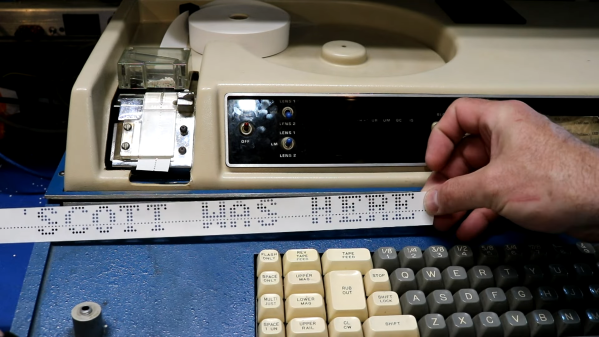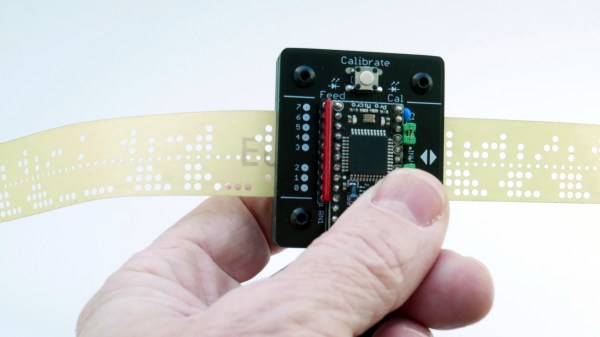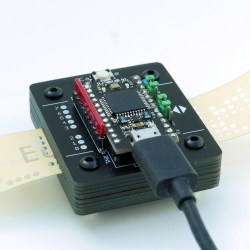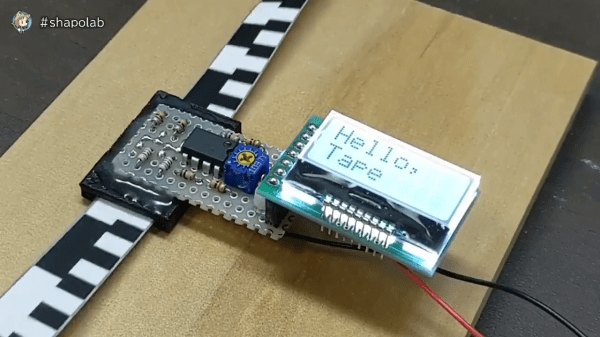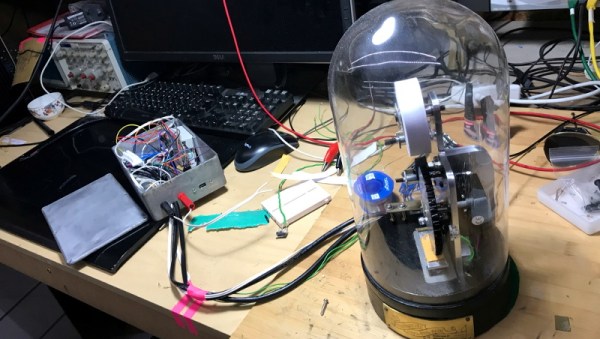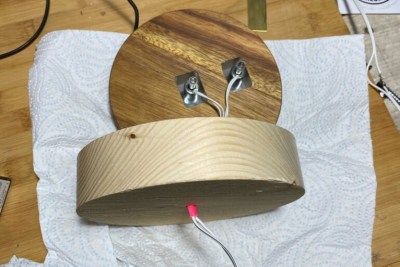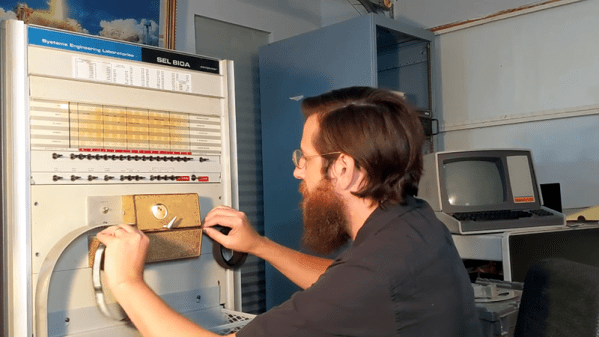[Scott M. Baker] wants a paper tape punch for his retrocomputer collection. That’s fine with us, we don’t judge. In fact, these electromechanical peripherals from the past have a lot going for them, especially the noise. But alas, such things are a little hard to come by these days, and rolling one from scratch would be a difficult proposition indeed. What to do?
Luckily, we live in the future, and eBay holds all sorts of wonders, including these typesetter keyboards from the 1970s, which [Scott] promptly reverse-engineered. We’ll get to the details in a minute, but first, can we just take a moment to think about the workflow these things were part of? These aren’t terminals — they lack any kind of IO apart from the punched paper tape they spewed out. The operator’s job was to punch in copy without any kind of feedback that they were hitting the right keys, and just sent the paper tap record of the session off to the typesetting machines. And you think your job sucks.
To give this thing an interface, [Scott] first had to revive the power supply, whose capacitors had seen sunnier days. With that out of the way, he set about understanding the CPU-less machine by analyzing its 7400-series logic, as well as planning how to make the native 6-bit output into a more manageable 8-bit. Thankfully, the tape punch already had solenoids for the top two bits, but finding a way to drive them wasn’t trivial.
The solution was to bypass a buffer so that the bits for the desired character can be set with a Raspberry Pi and an ATF22V10 programmable logic device. That’s enough to force the punch to do its thing; actually getting it to talk to something else, perhaps even [Scott]’s Heathkit H-8 computer.
Continue reading “Reverse-Engineering Helps Typesetting Machine Punch Paper Tape Again”

